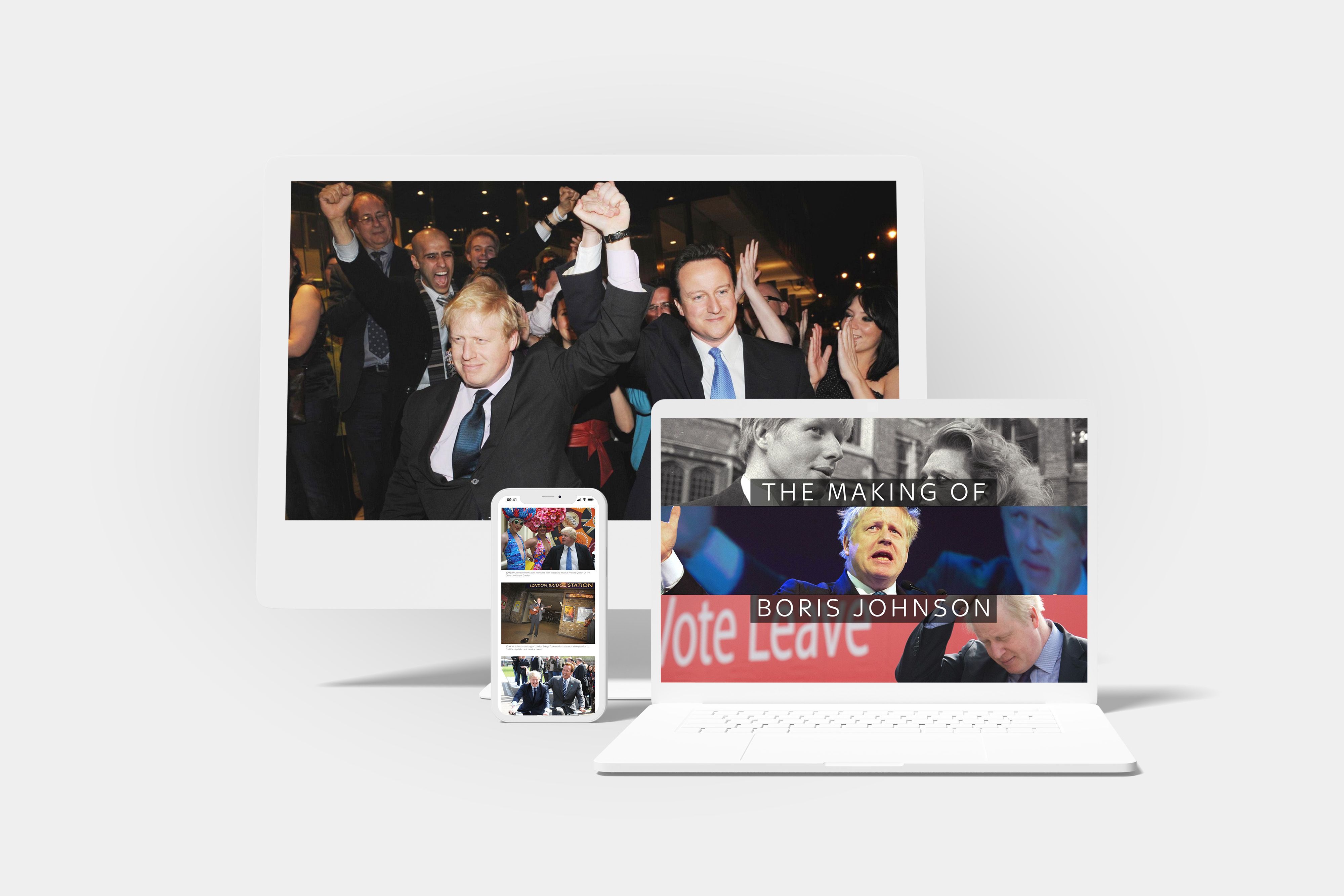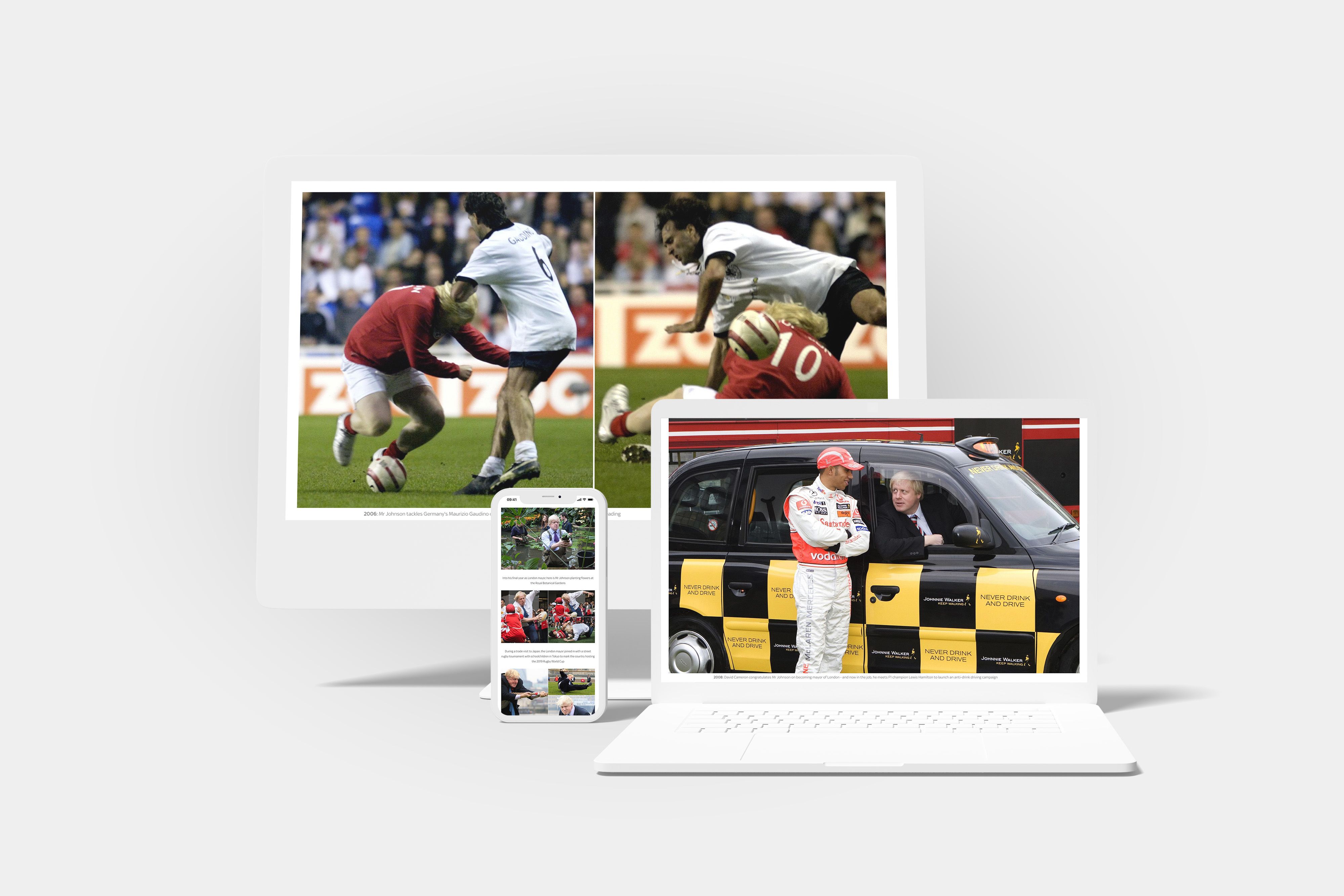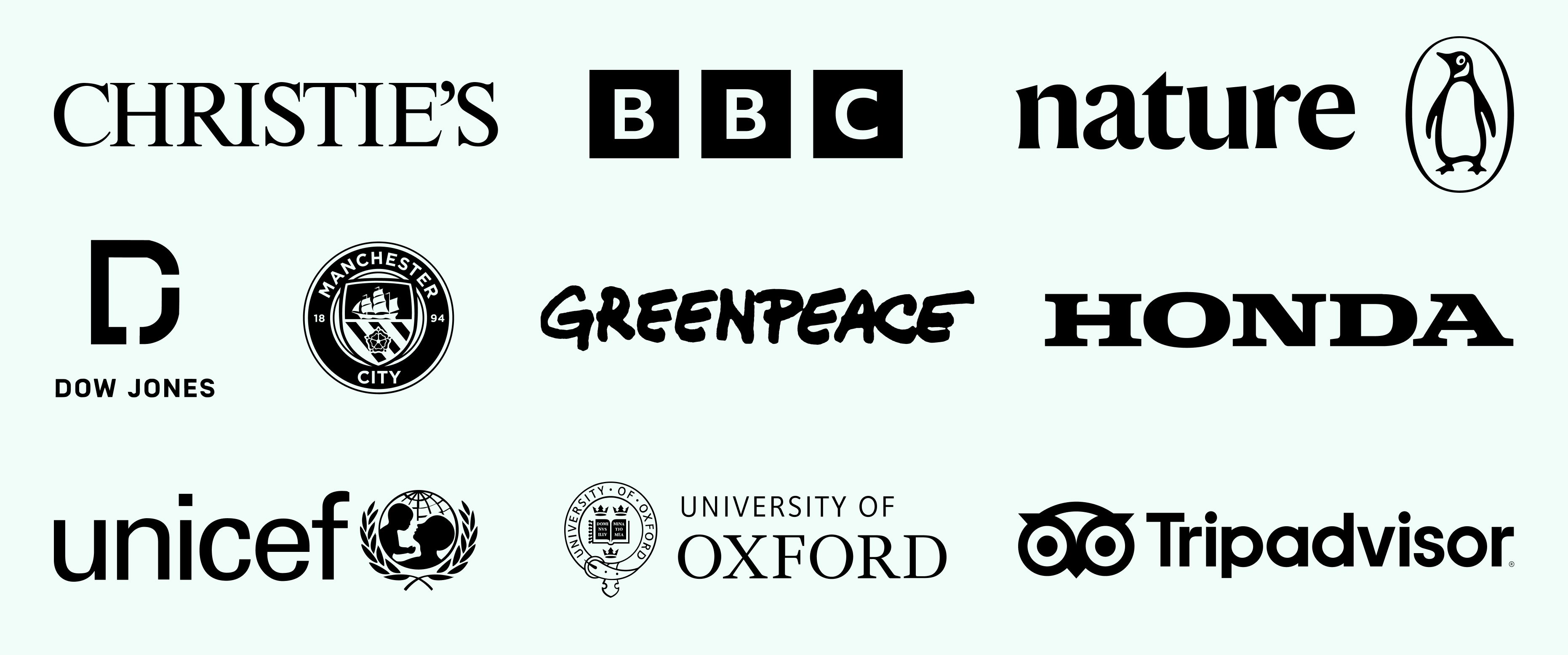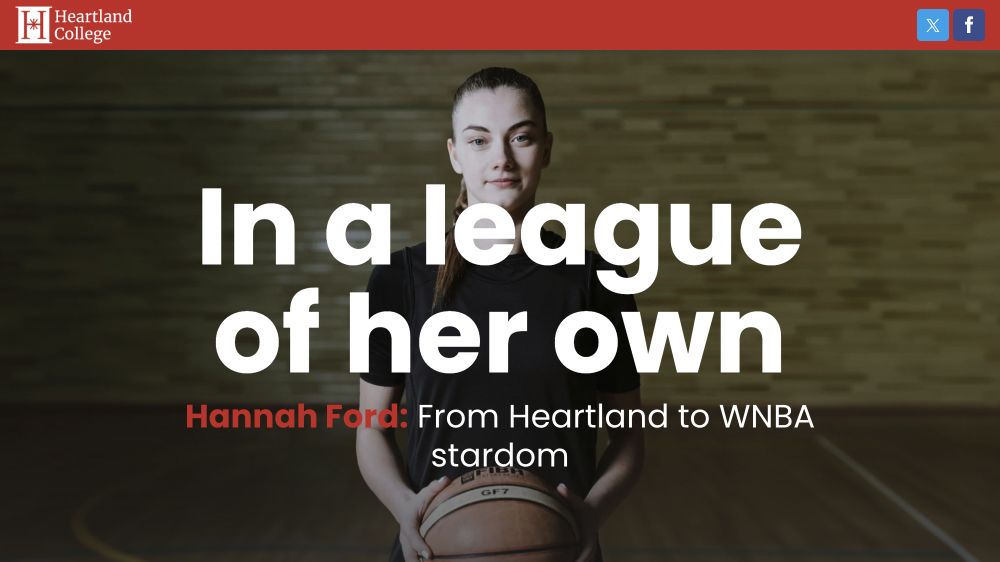How to write a profile story
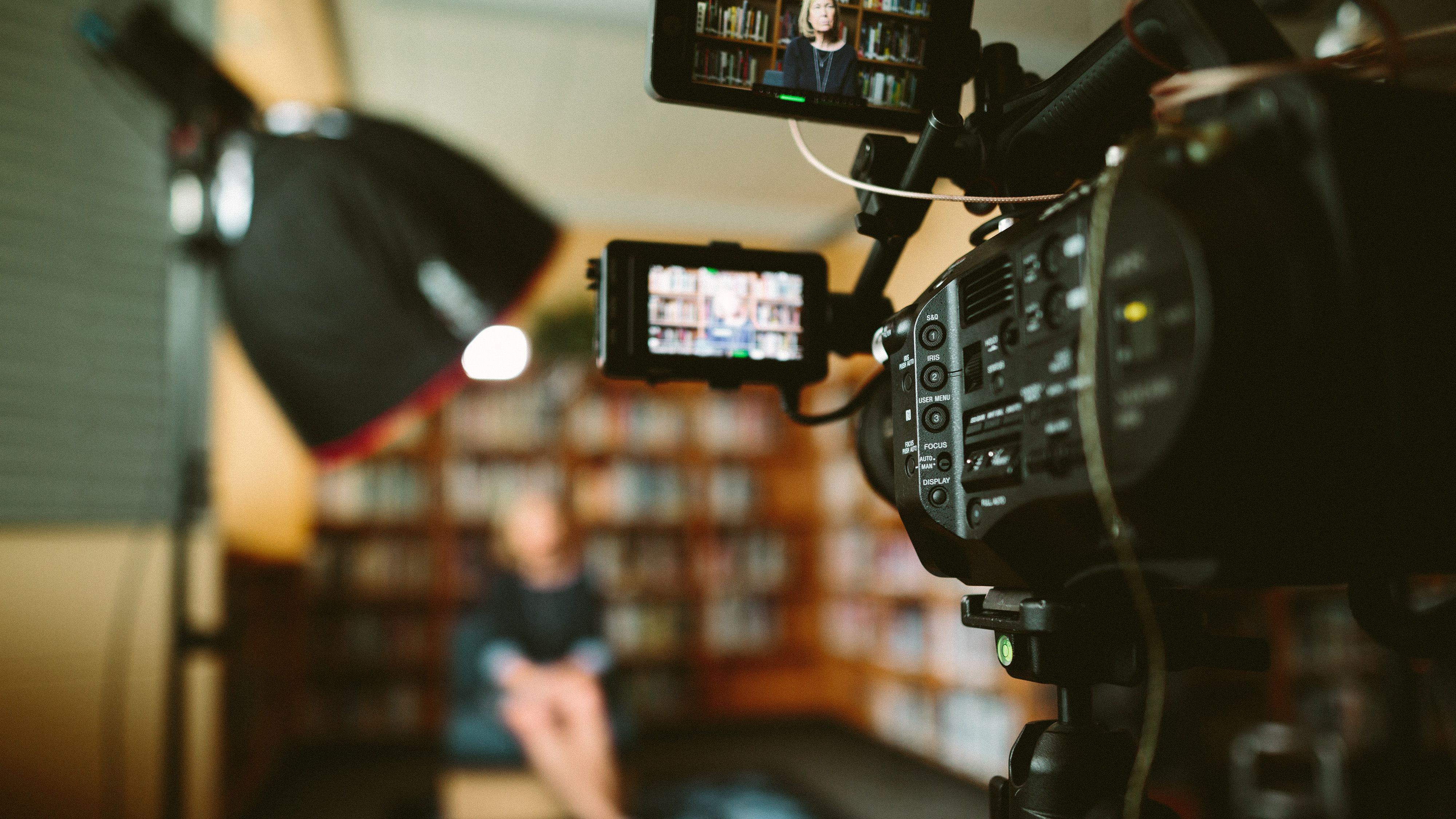
The New York Times publishes a profile feature story every Saturday, like clockwork. Small-town mayors. Displaced royalty. Film directors. TikTok influencers. A man who walks around dressed head to toe in plastic bags.
by Corinna Keefe
by Corinna Keefe
Over half of Esquire magazine’s greatest stories ever published are profiles. Being profiled in Vogue or The New Yorker can make or break celebrity careers. When someone has a brand to hype up, a product to release, an issue to campaign for… they sit down and interview for a profile.
Profile stories are a big deal. They’re not just a staple of newspaper articles and magazine journalism; they’re also an important format for content marketing teams at brands, NGOs, universities, and other institutions. Done well, a profile feature can connect with your audience on a deeper and more personal level than almost any other story.
This article covers:
Start creating with Shorthand
It's the fastest way to publish beautifully engaging digital magazines, reports, internal comms, and more.
Loved by the world's most iconic brands
Loved by the world's most iconic brands
What is a profile story?
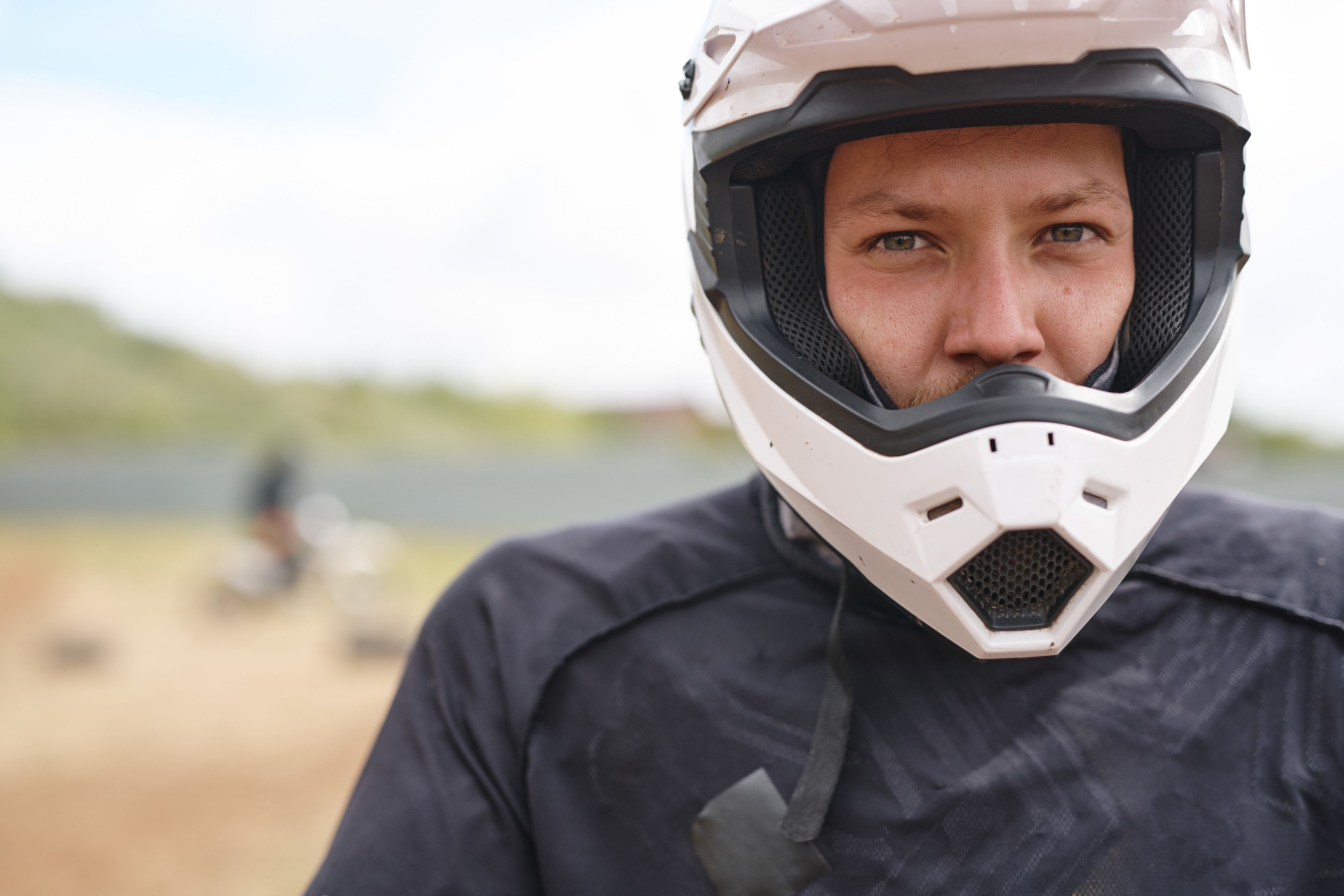
A profile story is a portrait of someone who is of interest to your readers in some way. Maybe they’re in the news, they’ve achieved something remarkable, or they have a moving personal story to tell. The average profile is often quite short, perhaps 750 words, although magazine features and longform journalism can run into the thousands of words. Authors conduct background research, and know how to properly interview the subject and people around them.
For marketing and communications, profiles help to humanise your brand. Instead of presenting a corporate identity, you feature an ordinary — or not so ordinary — person whom your readers will relate to. Instead of recognising a brand, readers recognise a friend.
You can’t achieve this effect by writing a simple list of facts about someone’s life. Copy and pasting a Wikipedia entry just won’t cut it. A really good profile will tell an unheard story from an unexpected angle, putting someone’s character and actions into a framework that appeals to readers.
If you’re looking for more inspiration, check out our roundup of stunning feature stories.
How to write a profile story

Profile writing is a question of balance. You want to use the subject’s own words, without letting them dictate the whole piece; you want plenty of background research, without losing track of your overarching narrative; you want to mix facts with impressions, reporting with reflection.
Sounds tricky, right? But the real key to writing a profile story is clear purpose and preparation. With the right approach, you can produce a story that’s genuinely gripping.
Here are 10 insights on how to write a profile story for journalism, marketing, or PR. Whether you’re a writer looking to take on a new form, or a journalism student writing a profile for the first time, we hope these tips and examples will help you get started.
Looking to become a more efficient writer? Check out our roundup of the best writing tools.
1. Get access
Profile articles are more than just transcripts of entire interviews. But detailed, wide-ranging conversations with your subject will often make up the backbone of a profile story. They’ll give you the direct quotes you need for your piece, and also give you a unique, real-life experience to draw on.
Try to interview your subject with plenty of time. We can learn a lot here from how journalists do interviews. Many profiles are supported by conversations with people who are close to the subject: their coworkers, family, and even customers. Speaking to lots of different people will help you understand your subject as a complex, well-rounded person.
If you’re looking to produce a lot of content from your interview, you could also consider recording the interview as a podcast. Some content teams record these podcasts as video, and use clips for promotion on social media platforms like LinkedIn. This multimedia storytelling approach may make your interviewee more guarded in their responses, so it won’t be appropriate for every profile you write.
2. Choose an angle
Remember when I said that people are interested in people? Well, it’s true. But they still need a little help. Most people will not be interested in an explanation of how a company director sits at their desk, answers emails, and approves expense reports. Instead, your readers will be hoping for a story with rich descriptions, suspense, and a narrative payoff.
You need an angle. What makes this person different from all others? What was the defining moment of this person’s life or their career? Do they epitomise an event in current affairs, or a turning point in their industry? Often, the key to a profile is explaining why the person is important at this moment in time. Find a news hook and hang the profile from it.
3. Create visual assets
Digital publishing means that you can do even more with your profile story. Huge glossy images, embedded video and sound, interactive illustrations, these are all things that will make your digital features more engaging.
If you have resources, every profile should include original photography of the subject. And we’re not just talking about a company headshot. Ideally, the images should add to our understanding of the person and give us another perspective.
4. Go deep and wide on research
The best profiles are based on more research than just interviews. What’s more, deep research can help you ask more valuable questions during the interview itself.
Depending on the purpose of the profile, you might want to present that research within the final article. Remember, profile stories aren’t just for glossy magazines: they can also be a form of data journalism, a professional case study, or a campaigning feature for an NGO. Use digital publishing tools to integrate background information with the main thread of your profile story.
Finally, remember to fact-check your research when it comes time to edit your piece.
5. Open with a strong lede
If you work in journalism, you’re probably used to opening with the facts: the who, what, when, where, and why of every story. If you work in marketing and communications, chances are that you’re focused on the SEO value of that key first paragraph.
Writing a profile story is different. Your job is to build up an impression of the subject: their character, their behaviour, even their physical presence. And you want to show the angle of your story clearly. This is especially important if you’re creating content behind a paywall. Readers will decide in that first paragraph whether they want to read any further.
One caveat, though: you still need to cover the essential details at some point in the article. Even the most poetic lede should be followed up with a nut graf that explains who you’re profiling and why readers should care.
6. Learn from the best
If you want to write a good profile story, start by reading someone else’s. There’s a reason that many famous journalists have made their name by writing profiles, such as the classic feature Frank Sinatra Has A Cold by Gay Talese.
You can learn from these writers’ style, as well as their creative process. For example, Talese used to plan out his profiles on big white cardboard sheets, dividing the article into scenes as if he were storyboarding a short film.
The next time you read a profile that really grabs your attention, spend some time going through it carefully. What made you decide to read in the first place? What’s the structure of the story? Are there any narrative tricks you could imitate? How does the feature use other media alongside the text, if at all?
Conversely, if you read a profile that doesn’t hold your interest, ask yourself why. When exactly did you get bored? What would you change about the piece, if you were editing it?
7 Don’t make it about you
You’ll spend a while researching your profile story, including one-to-one conversations with your subject and the people who know them. So after all that, you might feel like you have a personal stake in the story.
But it’s still not about you. Don’t let your own personality or background intrude too much.
There are very rare exceptions to this rule: for example, if the profile-writer is famous in their own right, or if they’ve been asked to write the profile because they have a particular connection to the subject. Unless one of those exceptions describes you, stay out of the limelight.
8. Ask open questions
When you’re interviewing the subject of your profile story, let them speak for themselves. Your job is to facilitate the discussion, and then frame what they’ve said into a coherent story. Try asking open questions which will encourage them to talk at length, make connections between points, and digress.
When you end the conversation, it’s a good idea to ask if there were any questions they were expecting that you didn’t ask. Sometimes, this turns out to be the key piece of information that shapes the whole profile.
9. Choose unexpected subjects
The most interesting profiles are those which tell an unexpected story. Maybe the profile offers a new angle on someone who has a very controlled public image. Maybe it introduces someone who isn’t usually in the public eye at all.
Don’t limit yourself to personality profiles of celebrities or business owners. You could profile a co-worker, a customer, a volunteer, or someone supported by your organisation (if you work for a non-profit or NGO). Find the story which no one except that person could tell.
10. Find a memorable ending
A strong ending to your profile story is just as important as a gripping first paragraph. It’s another opportunity to convey the essential character of your subject. You’ll also need to make sure that you’ve answered any questions and tied up any loose ends from earlier in the piece.
Some of my favourite profiles end by telling you where the person is going next — what is about to happen to them as they go about their day. Others create a sense of atmosphere by being deliberately vague or abstract. Often, the most powerful ending is a direct quotation of the subject’s own words.
4 examples of great profile stories

The unexpected footballer: Goal.com
This profile of Jude Bellingham, the youngest player on the England men’s football team, focuses on all the things that make him different.
This thread runs throughout the piece. Interviews with scouts and coaches focus on what made Bellingham stand out from other players. Even the design of the piece presents Bellingham as unique, with its bright illustrations that are reminiscent of a zine or a comic book.
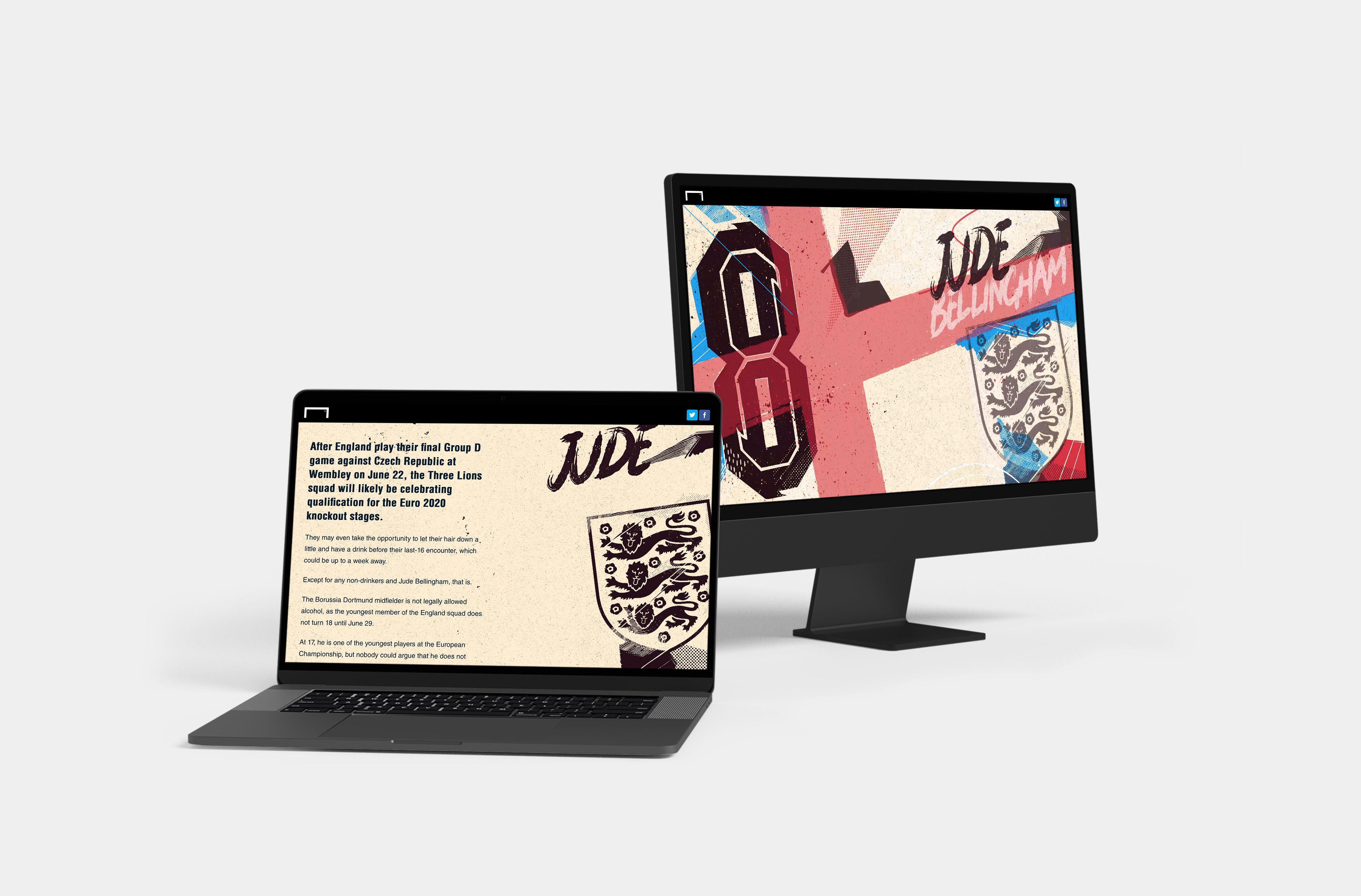
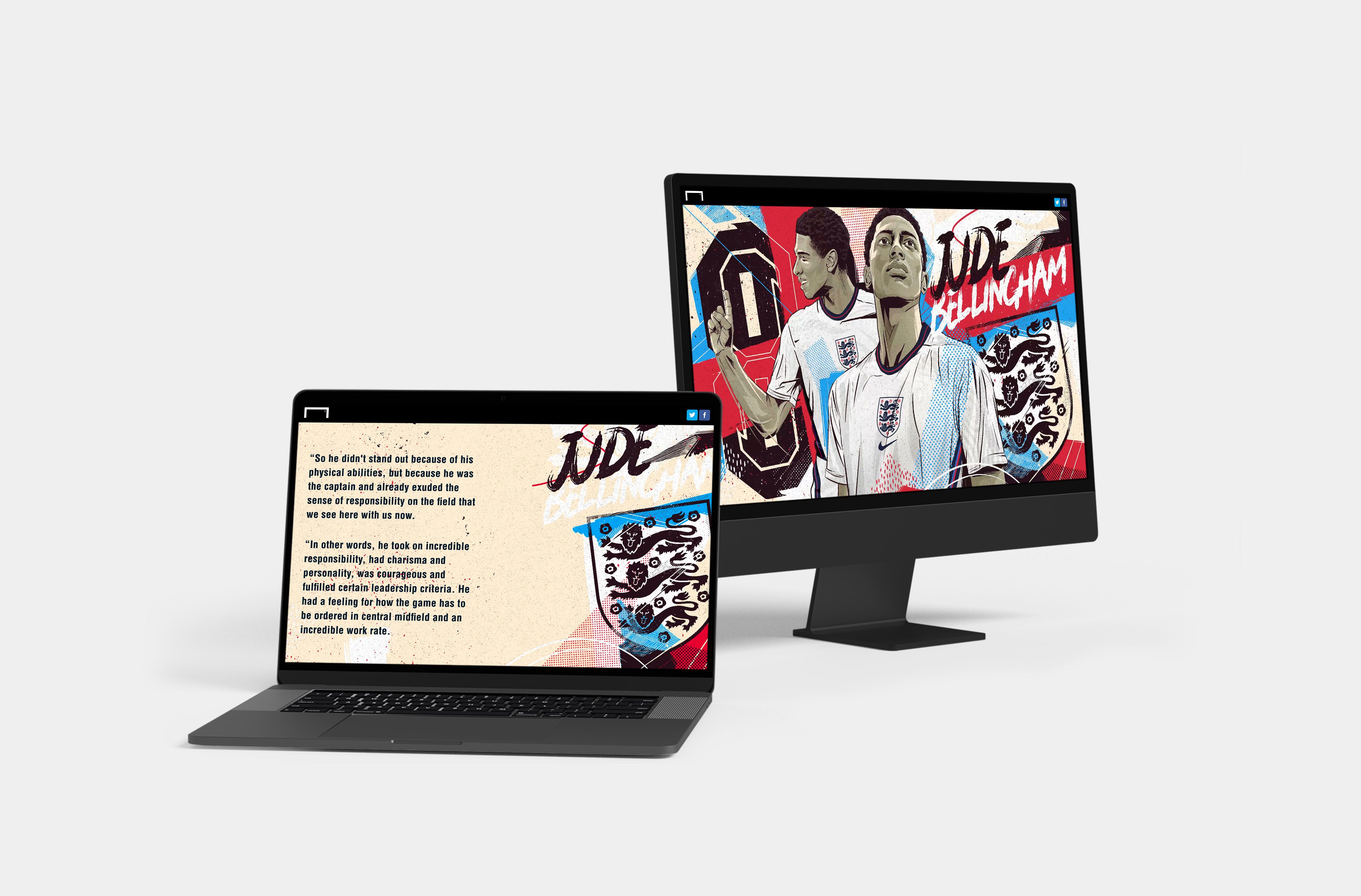
The reporter searching for his subject: BBC News
This next profile is unusual because the writer is just as important as the subject. The reporter Josh Baker tells the story of how he traced Sam Sally, an apparently ordinary American woman who traveled to IS-controlled Syria and is now in jail back in the United States.
The profile story is structured like a thriller. Apart from a few flashbacks, information is released slowly, as if we’re discovering the facts at the same time as the reporter. The feature is as much about the challenges and conflicts of reporting, as it is about the subject.
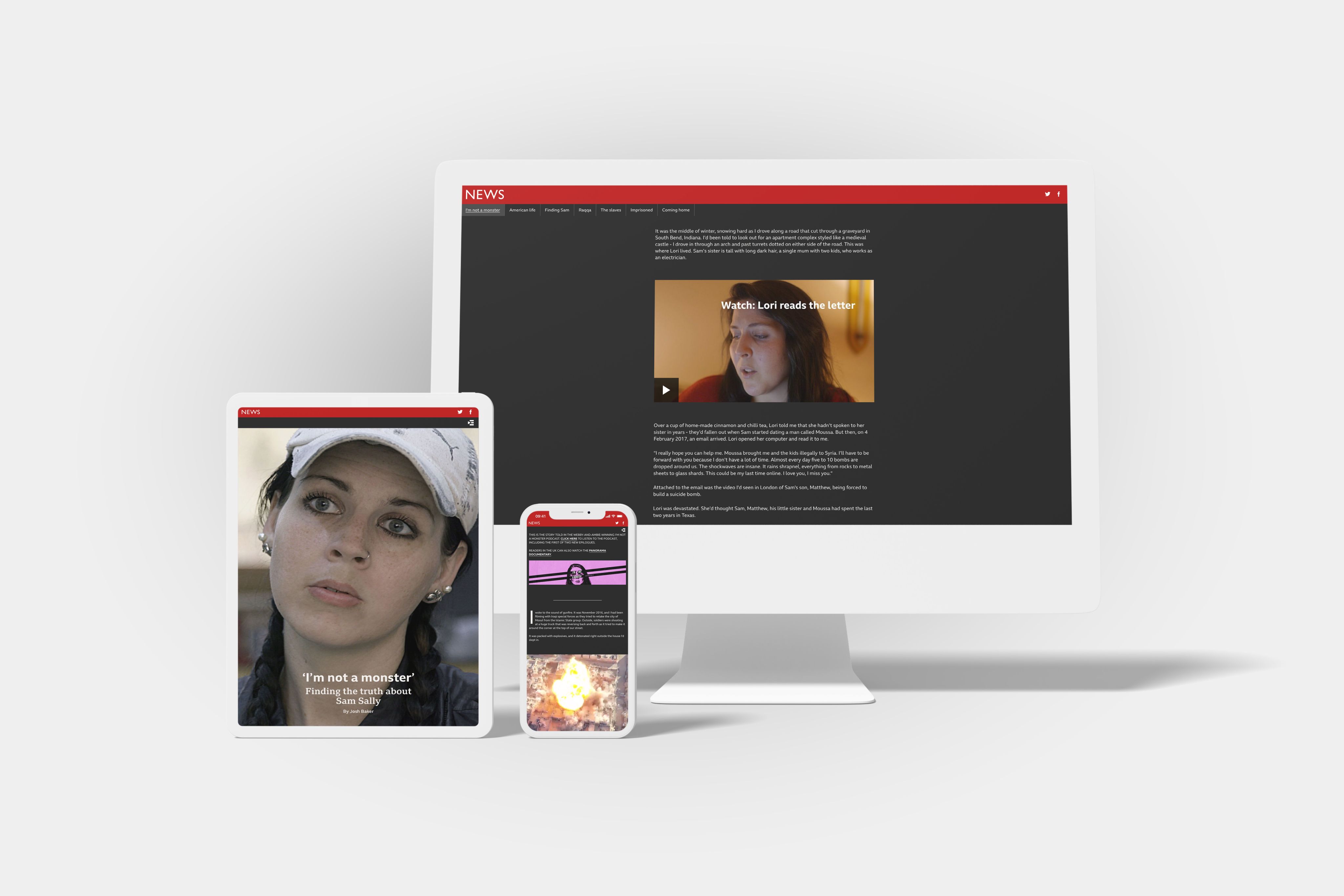
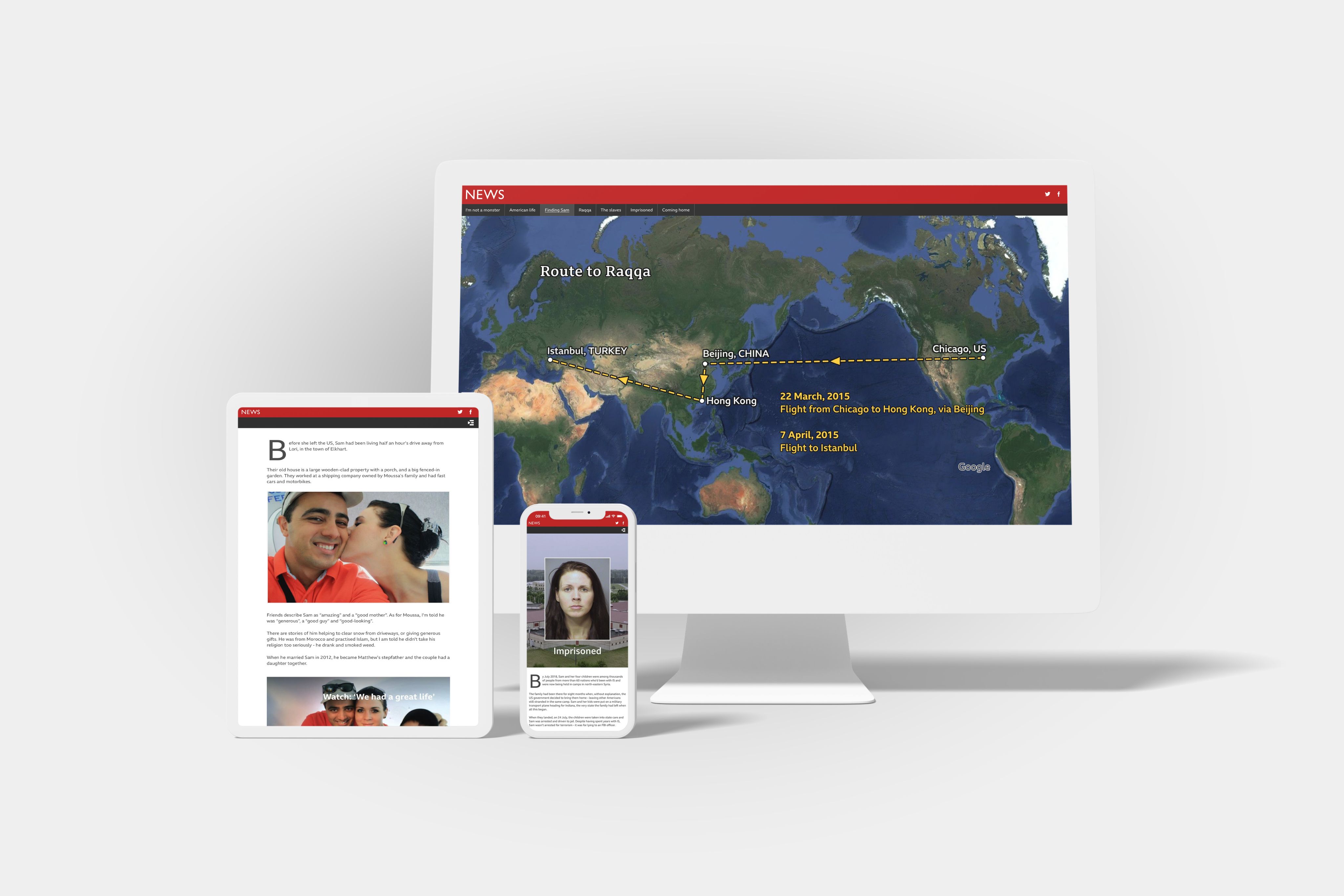
The cold case detective: The University of Queensland Australia
Universities and cultural institutions can write profile stories too. In fact, they’re a great way to share research with a wider public, recruit new members, and show the value of their work.
This feature profiles Dr Angela Williamson, a graduate from The University of Queensland who has made a career out of solving cold cases. It borrows the visual style and suspenseful storytelling of TV crime dramas, while also giving plenty of details on Williamson’s career path and real-world research.
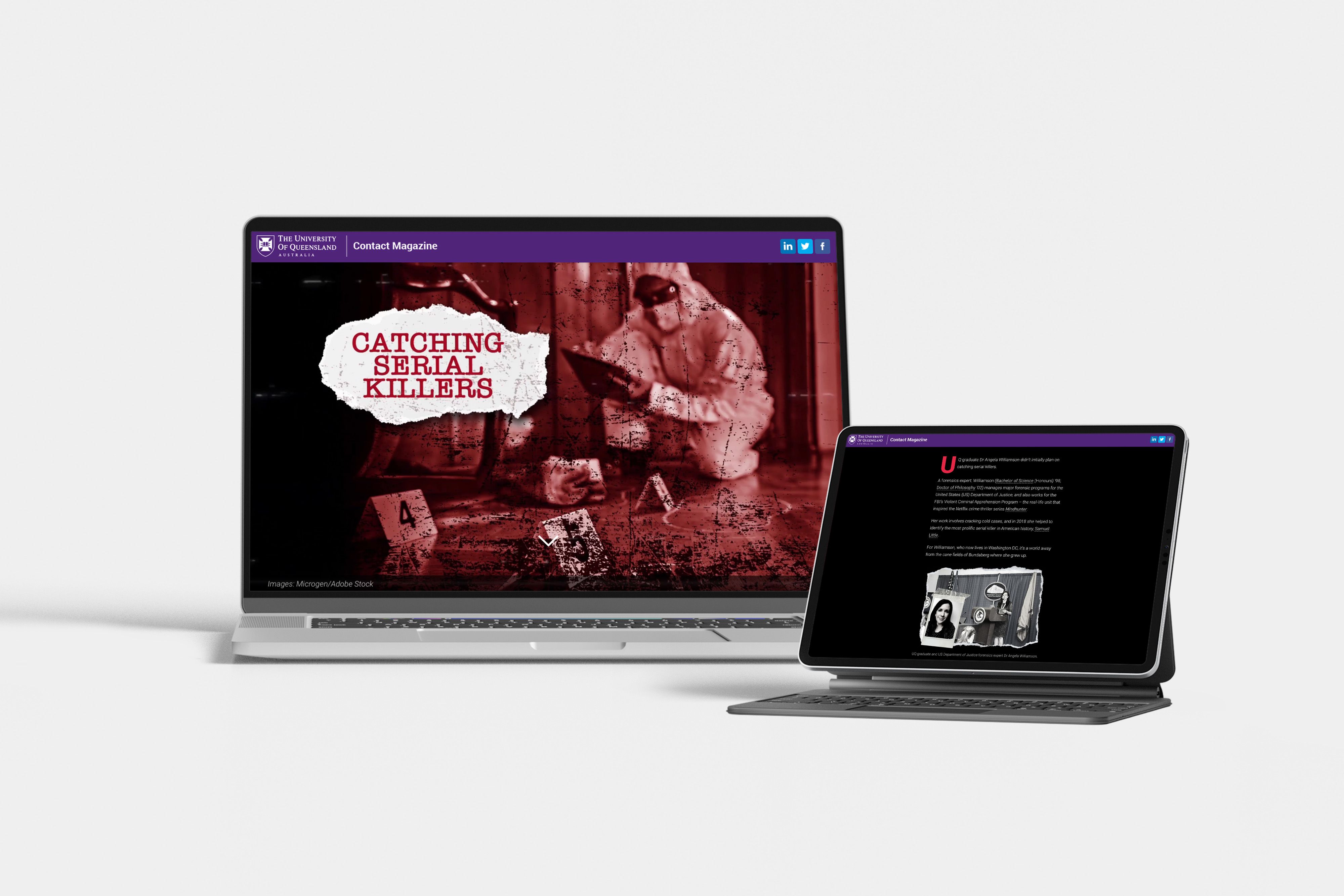
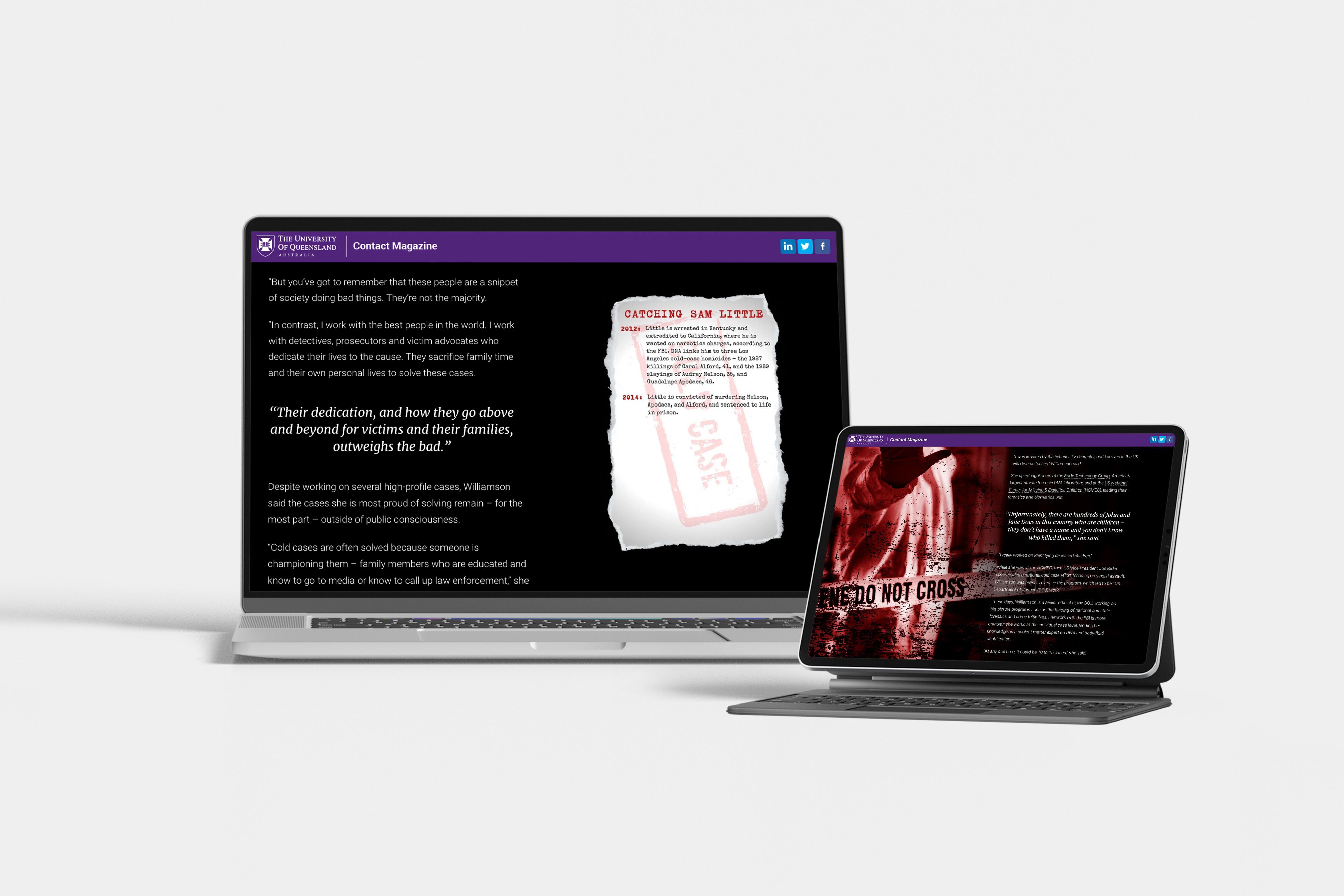
The politician in pictures: Sky News
Our final example is a profile of Boris Johnson, the current Prime Minister of the United Kingdom — a man who has been interviewed, profiled, and discussed in thousands of news articles. So how does this piece offer a unique perspective?
Instead of words, the profile focuses almost exclusively on photographs. From old school photos to modern press images, a narrative unfolds that gives us a new understanding of a very famous subject.
